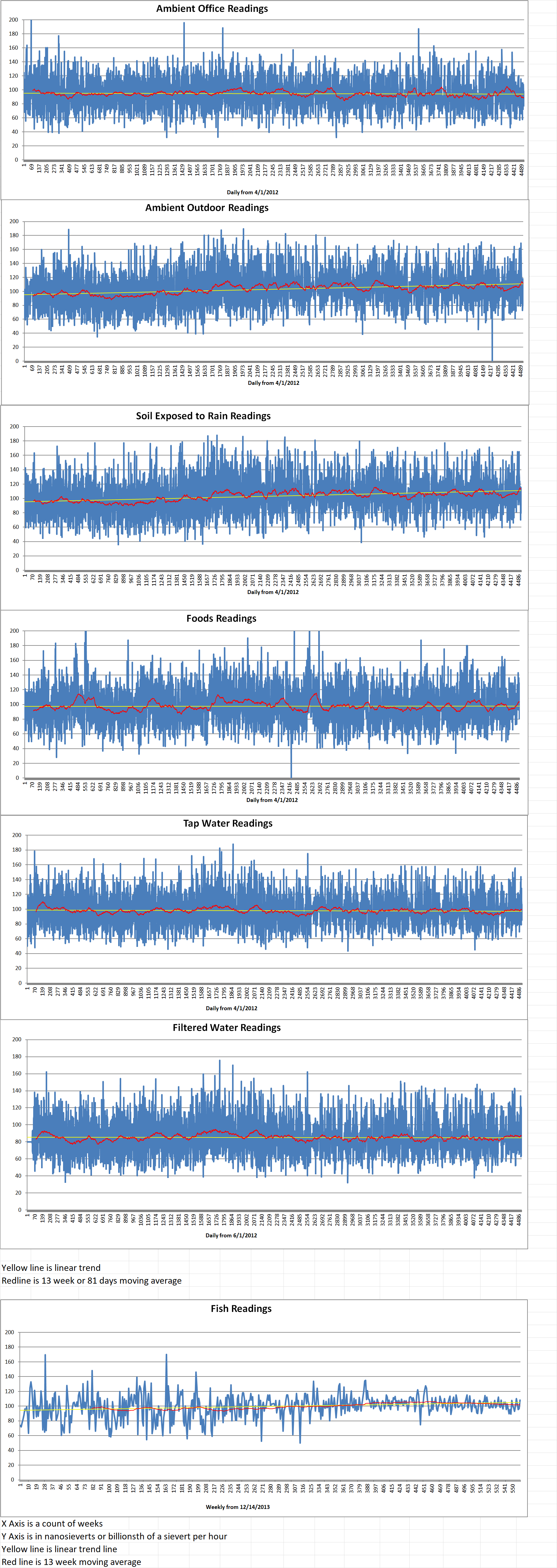Fortum is a Finnish state-owned energy company located in Espoo, Finland. It mainly focuses on the Nordic region. Fortum operates power plants, including co-generation plants, and generates and sells electricity and heat.
Fortum has agreed to assist the development of Finnish technology company Steady Energy’s district heating nuclear reactor with its simulation expertise. The intent is to create a comprehensive digital twin for Steady Energy’s LDR-50 reactor using Apros software.
Steady Energy designs, builds, and operates compact, advanced nuclear heating plants. Their elegantly simple approach enables scalable, cost-effective, zero-carbon district heating almost anywhere.
Apros, the result of decades of development work by Fortum and Finland’s state-owned VTT Technical Research Centre, is an advanced software program for modelling and dynamic simulation of power plants, energy systems and industrial processes. Apros products and services have been sold in more than thirty countries around the world to a wide range of users including EPC project suppliers, equipment manufacturers, energy companies, engineering firms, research institutes and universities.
Fortum will use this software to create a simulation called a digital twin of the LDR-50 reactor to permit Steady Energy to carry out comparison analyses related to the licensing of district heating reactors in Finland. In addition, the Apros model will be used to provide solutions to technical problems related to the functionality and dimensioning of the new plant type.
Toni Salminen is Director of Sales at Fortum for Apros product area. He said, “We are very pleased that Steady Energy wants to use dynamic simulation to ensure their design quality and has chosen Fortum to support their project. The Apros software, developed jointly by Fortum and VTT, is suitable for the modelling needs of a nuclear power plant throughout the nuclear power life cycle, both for verifying the initial design material and for supporting the commissioning of the plant. For us, cooperation with Steady Energy offers an interesting opportunity to utilize our decades of power plant expertise in the development of new small-scale nuclear power.”
Tommi Nyman is the CEO of Steady Energy. He said, “For Steady Energy, this is a significant partnership and a great opportunity to utilize Fortum’s expertise in the development of a Finnish reactor.”
Steady Energy was spun out of VTT in 2023. It is developing the LDR-50 small modular reactor (SMR) with a thermal output of fifty megawatts, designed to operate at around three hundred degrees Fahrenheit. Unlike most small modular reactors being developed around the world, the LDR-50 is not designed to generate electricity or electricity and heat. Instead, it is designed to only produce heat and is focused on district heating, as well as industrial steam production and desalination projects.
Steady Energy has already signed agreements for fifteen reactors in Finland, with its reactor design currently being assessed by the Finnish Radiation and Nuclear Safety Authority (STUK). The aim is to construct the first plant to be the clean energy source for a district heating scheme. Work will begin in 2029.
In December of last year, Steady Energy signed a contract with Belgian engineering firm Tractebel to provide engineering services to develop its LDR-150 SMR.
Fortum
Steady Energy







